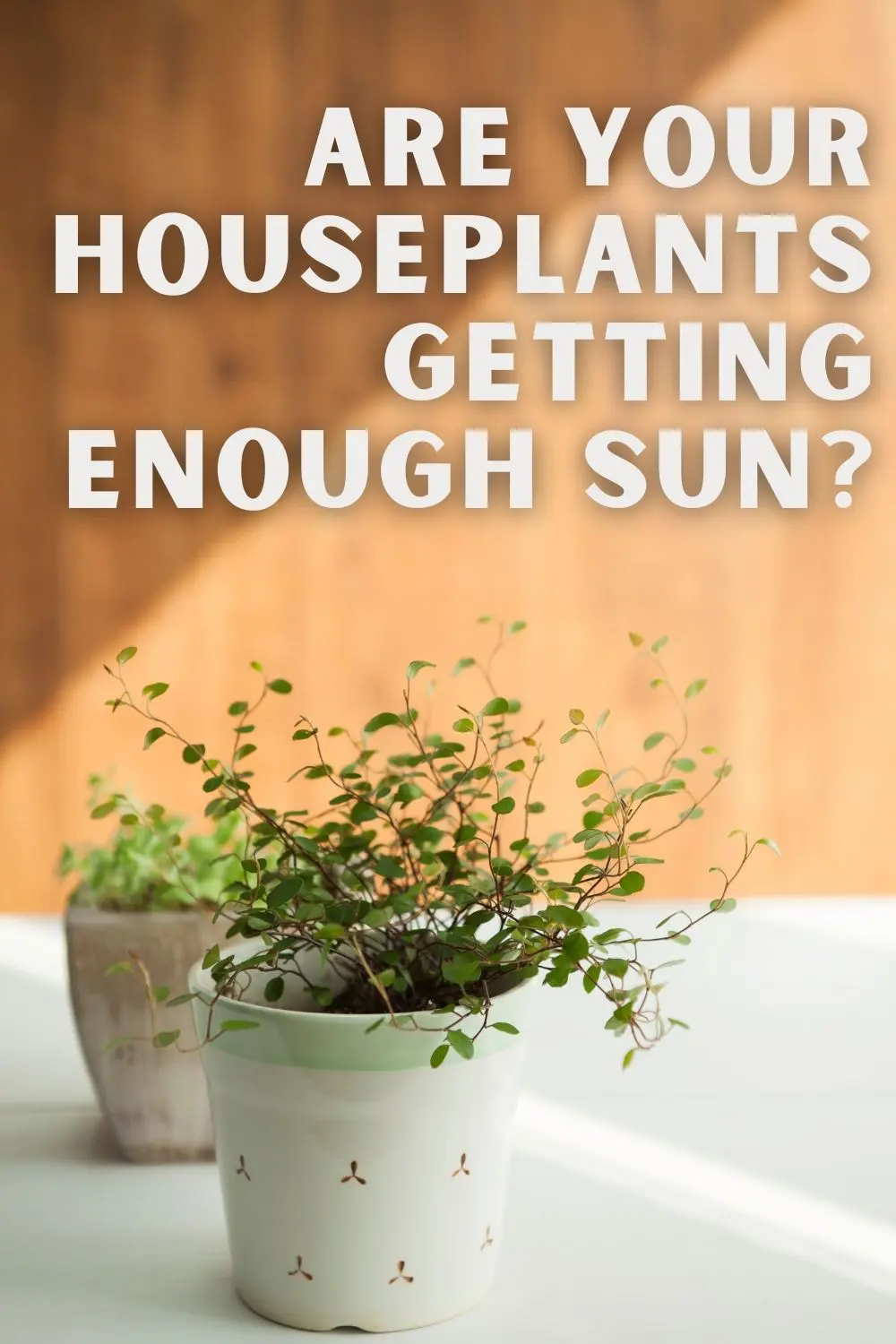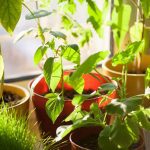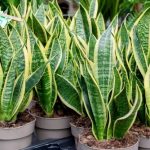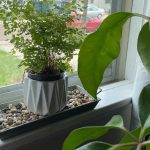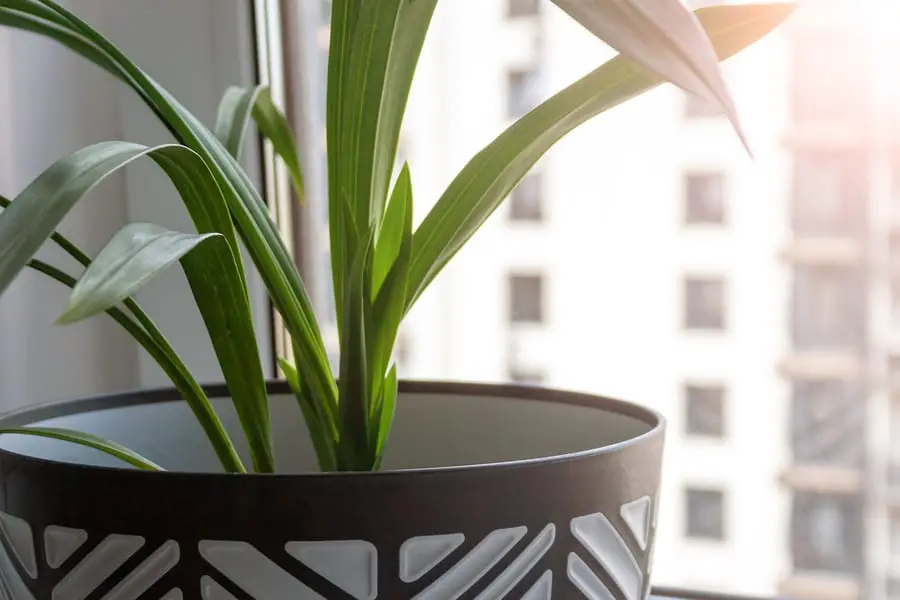
All plant parents, at one time or another, have struggled with a houseplant that isn’t getting enough sun. We recently had a plant that just wasn’t thriving in indirect light. At first, we thought it was an issue with water or soil. But after some research, we found it was displaying all the signs of insufficient light.
So, how do you know if your plant is not getting enough sun? Common signs include stretched or leggy growth, abnormally small leaves, pale green or yellow leaves, and slowed or stopped growth. Flowering plants may flower only sparsely or not at all, and plants with variegated leaves may turn completely green in color.
Although some of these problems may be caused by other issues – such as over fertilization – in many cases, lack of sunlight is the issue. Following is a more in-depth look at determining if your houseplant is getting adequate light.
Leggy Growth
The term “leggy growth” is used to describe plant stems that have grown long and skinny. They appear to be reaching toward the closest source of light. This is the number one sign that your plants aren’t getting enough light.
Lack of sun also causes the stems to grow with long spaces between the leaves or leaf nodes. The space is known as an internode. The larger the internode, the more likely the plant isn’t getting the light it needs.
Plants stretch towards the light because they require it to produce vital plant sugars. They will continue to “reach” until they’re moved to a place with enough light. You can prevent this from happening by turning the plant once a week or every time you water. This ensure all leaves are exposed to roughly the same amount of light.
All plants will bend towards their light source, and we recommend turning all your houseplants at least once a week to prevent “one-sided” growth. However, when the reaching becomes exaggerated, then you have a problem.
Abnormal Leaf Growth
In addition to the leaves growing farther apart than normal on the stems, very small leaves can also indicate your plant needs more sunlight.
How do you know if your leaves are abnormally small? Compare new leaves to existing ones. If they grow much smaller than the leaves that appeared when the plant was healthy and don’t get any bigger, you can reasonably assume the plant needs more light.
Your plants may also drop leaves without enough sun – especially older leaves. This is again due to lack of nutrients that plants obtain from sunlight When the plant cannot support the leaves, they will drop off completely to preserve energy.
Abnormal Leaf Color
If your house plants have pale yellow or green leaves instead of the vibrant green color they should be, this is a sure sign they aren’t getting enough sun. When plants don’t get enough light, they can’t produce chlorophyll – the pigment that turns them green – so they become pale in color.
If you aren’t sure what color the leaves should be, try searching online for a picture of healthy plant and compare the color to yours.
Plants with variegated leaves may revert to solid green and lose their variegated pattern. They may be either pale or dark green in color, but the main sign to look for is lack of variegation.
Slow or No Growth
All houseplants experience slowed growth during the winter months, usually around October – March. This is normal. But if your plants fail to produce new growth in the spring and summer months, they may need more sun.
Many plants can live on their stored energy for long periods of time when they don’t have enough light – just to stay alive. During this time, they’ll cease to grow completely or only grow very slowly.
Just because plants don’t grow much in the winter, doesn’t mean they still don’t require light. It’s always a good idea to give them as much light as possible during the winter months too. Place them in the brightest window available or put them under artificial lights.
Sparse or Nonexistent Flowering
House plants (and all plants for that matter) require more light for blooming than for just producing foliage. If your plant seems otherwise healthy but doesn’t bloom during it’s flowering season – or blooms only sparsely or sporadically – it is probably lacking light.
Most flowering house plants require six to eight hours of indirect sunlight each day during their flowering season to produce blooms. But this can vary depending on the type of plant, so always follow the care instructions for your specific plant variety.
There may be other reasons why a plant doesn’t bloom – such as age, temperature, and nutrient imbalance. If your plant is getting six to eight hours of bright indirect light each day, you might want to look at other factors.
Related Questions
What do you do if your plants aren’t getting enough sun? Once you notice signs of insufficient sun, move your houseplant to a place with brighter light immediately. Plants that need the most light thrive in south, east, or west windows. Only place plants that tolerate low light in a north-facing window.
How do you give indoor plants enough light? Place them in a sunny window or under artificial lights. Bright, south-facing windows are the best choice for plants with high light requirements. East and west windows work for medium light, and north windows are only good for low light plants. Artificial lights can supplement a lack of natural light.

